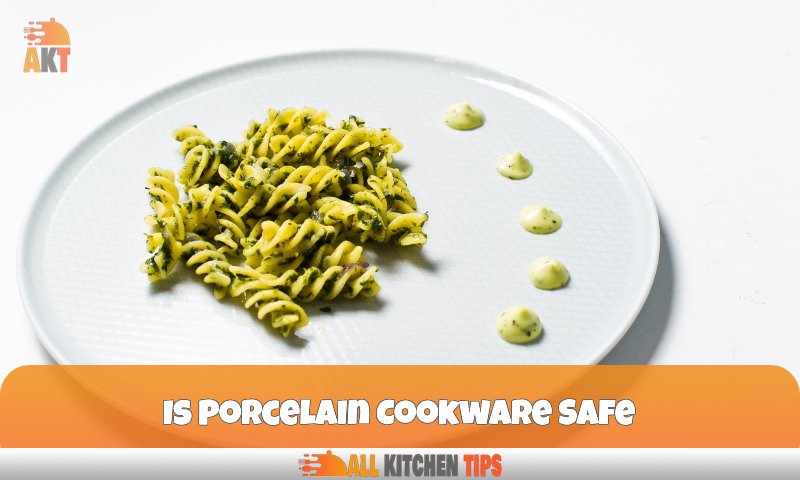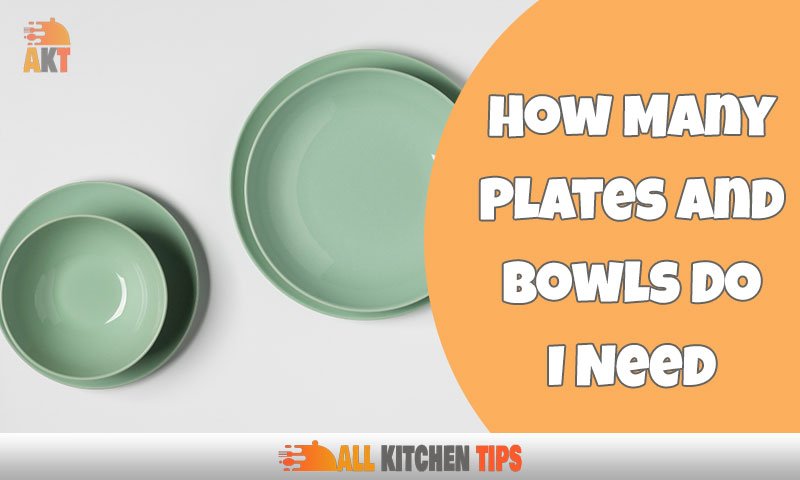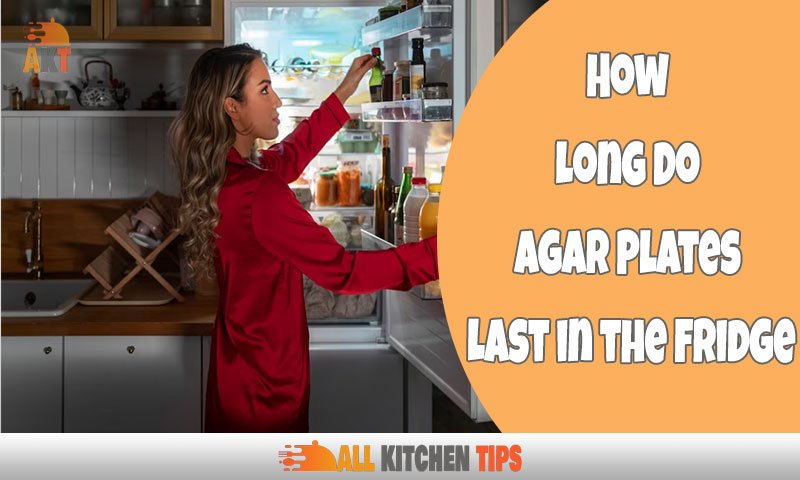Paper plates are made from paper and therefore do not contain gluten. Paper products are considered safe for those with celiac disease or gluten sensitivities.
Paper plates are an essential item for many outdoor events, picnics, and gatherings. However, for those with celiac disease or gluten sensitivities, the concern over ingredients can make even disposable plates a point of concern. Thankfully, paper plates are naturally gluten-free as they are made from paper pulp.
This means that they are safe to use for individuals who need to avoid gluten in their diet. However, it’s always essential to read labels and be aware of any possible cross-contamination issues with any products you are using. In any case, paper plates provide a stress-free and safe option for outdoor dining.
Understanding Gluten-Free Living

It’s no secret that gluten-free living is becoming increasingly popular these days. Whether it’s due to gluten intolerance, celiac disease, or simply a desire to live a healthier life, people are opting for gluten-free alternatives to everyday products.
We will explore the basics of gluten-free living and answer this question once and for all.
Definition Of Gluten-Free Living
Gluten-free living refers to a lifestyle where individuals avoid consuming foods that contain gluten. Gluten is a protein found in grains like wheat, barley, and rye. For people with celiac disease or gluten intolerance, consuming gluten can cause a range of symptoms, from digestive issues to migraines or fatigue.
Gluten-free living is a way for these individuals to manage their symptoms and live healthy life.
Here are some key points to keep in mind about gluten-free living:
- Gluten-free living is not a fad diet. It is a medically-necessary diet for people with celiac disease or gluten intolerance.
- Gluten can hide in unexpected places like sauces, marinades, or even medication. It’s important to read labels carefully.
- There are plenty of gluten-free alternatives to everyday staples like bread, pasta, and crackers.
- Living a gluten-free lifestyle can take some adjustment, but it is possible to enjoy delicious meals without sacrificing flavor.
Benefits Of Gluten-Free Living
Aside from managing celiac disease or gluten intolerance, there are several other benefits to living a gluten-free lifestyle. Here are a few:
- Improved digestion: Many people report feeling less bloated and experiencing more regular bowel movements after eliminating gluten from their diet.
- Increased energy: Gluten can cause fatigue in some individuals, and cutting it out can lead to feeling more energized throughout the day.
- Improved skin: For people with gluten intolerance, consuming gluten can lead to skin issues like eczema or psoriasis. Some people have reported clearer, healthier skin after going gluten-free.
- Weight loss: While not guaranteed, some people report losing weight after cutting out gluten. This may be due to eliminating processed foods and filling up on whole, nutritious foods instead.
So, do paper plates have gluten? The answer is no. Paper plates are made from paper, which does not contain gluten. However, it’s important to remember that gluten can cross-contaminate other items in your kitchen. If you’re living a gluten-free lifestyle, it’s important to use separate plates, utensils, and cooking equipment to avoid accidentally consuming gluten.
Gluten-free living is a lifestyle choice that offers a range of benefits for people with celiac disease or gluten intolerance. While paper plates are safe to use, it’s important to be vigilant about avoiding gluten in other areas of your life.
Challenges With Gluten-Free Living
Do Paper Plates Have Gluten
Going gluten-free is a big challenge, and it’s not just about avoiding gluten in foods. You need to ensure that everything you use and consume doesn’t contain gluten, especially if you have celiac disease or gluten sensitivity.
Limitations Of Gluten-Free Diet
While there are many gluten-free alternatives available, following a gluten-free diet can have some limitations, such as:
- High cost: Gluten-free foods are generally more expensive than their gluten counterparts.
- Limited options: Some food items, especially comfort foods like pizza, cakes, and bread, are challenging to find in gluten-free versions.
- Cross-contamination: Even small amounts of gluten can cause a reaction. When dining outside, cross-contamination can be tough to avoid.
Coping Mechanisms Of Living A Gluten-Free Life
Living a gluten-free life may be challenging, but it doesn’t have to be overwhelming. Here are some coping mechanisms you can utilize:
- Plan: It’s best to plan meals so that you don’t have to wonder if there are gluten-free options.
- Read labels: Ensure that you read the labels of items you buy, including paper plates. Look out for ingredients that may contain gluten, such as wheat, barley, and rye.
- Meal kits: Meal kits can help you stay on track with your gluten-free diet. They offer a variety of options, and most are gluten-free.
- Cross-contamination in the kitchen: Keep your kitchen utensils separate, use a designated gluten-free toaster, and avoid frying gluten-containing foods in shared oil.
- Support: Having a support system can be helpful when transitioning to a gluten-free diet. Connect with support groups, seek out a registered dietitian with a focus on gluten-free diets, and lean on friends and family who understand your needs.
The Role Of Paper Plates In Gluten-Free Living

Overview Of Paper Plates
When it comes to hosting a party or a barbecue, paper plates are a convenient and popular choice for serving food. They are lightweight, disposable, and affordable, making them a staple item in households worldwide.
Are Paper Plates Gluten-Free?
If you are following a gluten-free diet, you may wonder if paper plates are safe to use. The good news is that paper plates do not contain gluten. Here are some of the reasons why:
- Paper plates are made from wood pulp, which is naturally gluten-free.
- The glue used to bind the paper fibers together in the manufacturing process typically does not contain gluten. However, some adhesives may contain wheat-based ingredients, so it’s essential to read the label carefully before purchasing.
- Paper plates are not processed on the same equipment as gluten-containing products, making cross-contamination unlikely.
The Manufacturing Process Of Paper Plates And Gluten-Free Concerns
Although paper plates are generally considered safe for those with celiac disease or gluten intolerance, it’s worth understanding how they are made, and what potential risks exist.
- The manufacturing process for paper plates involves pressing the wood pulp into a mold to create the desired shape. This process does not involve any gluten-containing ingredients.
- Adhesives used in the making of paper plates may contain wheat-based ingredients, which can cause cross-contamination. Manufacturers typically use a starch-based adhesive, which is gluten-free. It’s always a good idea to read product labels or contact the manufacturer directly to make sure.
- Some paper plates might have a coating or treatment on them, which can add a level of protection to the plate or make it easier to eat on. These coatings may contain ingredients that are not gluten-free, so it’s crucial to pay close attention to the product’s information.
Paper plates are gluten-free and safe to use for those following a gluten-free diet. However, it’s always a good idea to read the label or contact the manufacturer directly to ensure that no gluten-containing ingredients are used in the manufacturing process.
Can You Trust Paper Plates in Gluten-Free Living?
When it comes to gluten-free living, people with celiac disease or gluten sensitivity need to be cautious of cross-contamination. They must follow a strict gluten-free diet to avoid any health complications. Paper plates offer a convenient alternative to washable dishes.
But, are paper plates safe for gluten-free living?
Recap Of Paper Plates Manufacturing Process
The first step to determining whether or not paper plates have gluten is to review their manufacturing process. Paper plates are made from wood pulp, which undergoes a bleaching and purification process. This process removes all the impurities and leaves behind only the cellulose fibers used to make the plates.
If the plates are uncoated, they are gluten-free. The coating used to make the plates grease-resistant may contain gluten. In this case, the plates cannot be considered gluten-free.
Potential Contamination Of Paper Plates With Gluten
Paper plates may be contaminated with gluten in many ways. The most common way is through cross-contact. This occurs when gluten-containing foods like bread, pasta, or sauces come into contact with paper plates at any point. Even the slightest cross-contact can be enough to trigger a reaction in people with celiac disease or gluten sensitivity.
Additionally, plates with gluten-containing coatings can leach into food, contaminating it.
Food Safety Precautions With Paper Plates
It is essential to take precautions when using paper plates to reduce the risk of contamination. Here are some safety tips:
- Always use uncoated paper plates to avoid any gluten-containing coating.
- If you must use plates with a coating, look for those that are explicitly labeled as gluten-free.
- Try to avoid placing foods known to contain gluten on paper plates.
- Discard paper plates that have come into contact with gluten-containing food immediately.
- If you are hosting a gluten-free event or gathering, consider using designated gluten-free plates to reduce the risk of cross-contact.
Paper plates are a convenient option for gluten-free living, but they may pose a risk of cross-contamination if not selected or used carefully. By using uncoated paper plates or those explicitly labeled as gluten-free, you can reduce the risk of contamination.
Following some simple food safety precautions can keep you safe from gluten exposure.
Alternatives To Paper Plates For Gluten-Free Living
Do paper plates have gluten? Alternatives to paper plates for gluten-free living
Are you on a gluten-free diet? Do you often wonder if paper plates have gluten? Unfortunately, there is no simple answer to this question. Some paper plates may contain gluten, depending on the manufacturing process and materials used. However, there are many eco-friendly and gluten-free plate options available.
Let’s look at some of these alternatives and their advantages and disadvantages.
Eco-Friendly And Gluten-Free Plate Options:
- Bamboo plates: These plates are eco-friendly and biodegradable, making them great for the environment. Bamboo is a natural, renewable resource, and plates made from bamboo do not contain gluten. You can wash and reuse bamboo plates or dispose of them without any harm to the planet.
- Cornstarch plates: Made from corn, these plates are eco-friendly and gluten-free. They are biodegradable and compostable, which means that they will break down quickly and harmlessly. However, cornstarch plates may not hold up well with hot, heavy, or greasy foods and may disintegrate quickly.
- Palm leaf plates: Palm leaf plates are a great eco-friendly option as they are made from fallen palm leaves that are collected without any harm to trees. They are also gluten-free and can be washed and reused or disposed of safely. However, they may not be microwave safe.
Advantages And Disadvantages of Various Plate Options:
- Glass plates: Glass plates are elegant and durable, making them perfect for any occasion. They are heavy and won’t break easily, and best of all, they don’t contain gluten. However, they can be expensive, and if dropped, they can shatter into tiny pieces.
- Ceramic plates: Ceramic plates are great for everyday use and can add a pop of color to your table setting. They are generally dishwasher and microwave safe, but not all ceramic plates are gluten-free. Some glazes used to decorate ceramic plates may contain wheat, so it’s essential to check the labeling before purchasing.
- Stainless steel plates: Stainless steel plates are incredibly durable and can last a lifetime. They are dishwasher safe, and best of all, they don’t contain gluten. However, steel plates can be expensive and may not be microwave safe.
- Melamine plates: Melamine plates are break-resistant and affordable. They are dishwasher-safe and available in different colors and patterns. However, not all melamine plates are gluten-free, especially those that have decorative prints on the surface. Melamine can also absorb stains and may start to yellow with extended use.
Paper plates may or may not contain gluten. If you are on a gluten-free diet and want to avoid any potential issues, it’s best to opt for eco-friendly and gluten-free plate options. There are many alternatives available that are stylish, durable, and affordable.
So, go ahead and choose the best plates that suit your needs and preferences.
FAQs
What Are Paper Plates Made of?
Paper plates are made of paper pulp that is pressed into shape using high-pressure machinery.
Can Paper Plates Contain Gluten?
Paper plates themselves do not contain gluten, as they are made of paper pulp. However, some coatings used on paper plates may contain gluten.
Are Biodegradable Paper Plates Gluten-Free?
Biodegradable paper plates are made of plant-based materials and do not contain gluten. Always read the packaging for information regarding the coatings used.
How Can I Know If Paper Plates Contain Gluten?
If any coatings are used on paper plates, check the packaging or contact the manufacturer to confirm whether any gluten-containing ingredients are included.
Conclusion
After researching and analyzing several aspects of paper plates and gluten safety, it’s safe to conclude that paper plates do not contain gluten. They are made of several materials, such as paper, plastic, and foam, and none of them include gluten as a component.
However, it’s always essential to check the packaging for any warnings against cross-contamination if you are extremely allergic to gluten. Moreover, it’s important to choose a reputable brand and avoid low-quality paper plates that may not hold up well during use.
When it comes to having a safe and stress-free gluten-free meal, you can use paper plates without any concerns. Just make sure to read the labels, choose a trustworthy brand, and store them in a dry place away from dust and moisture.




